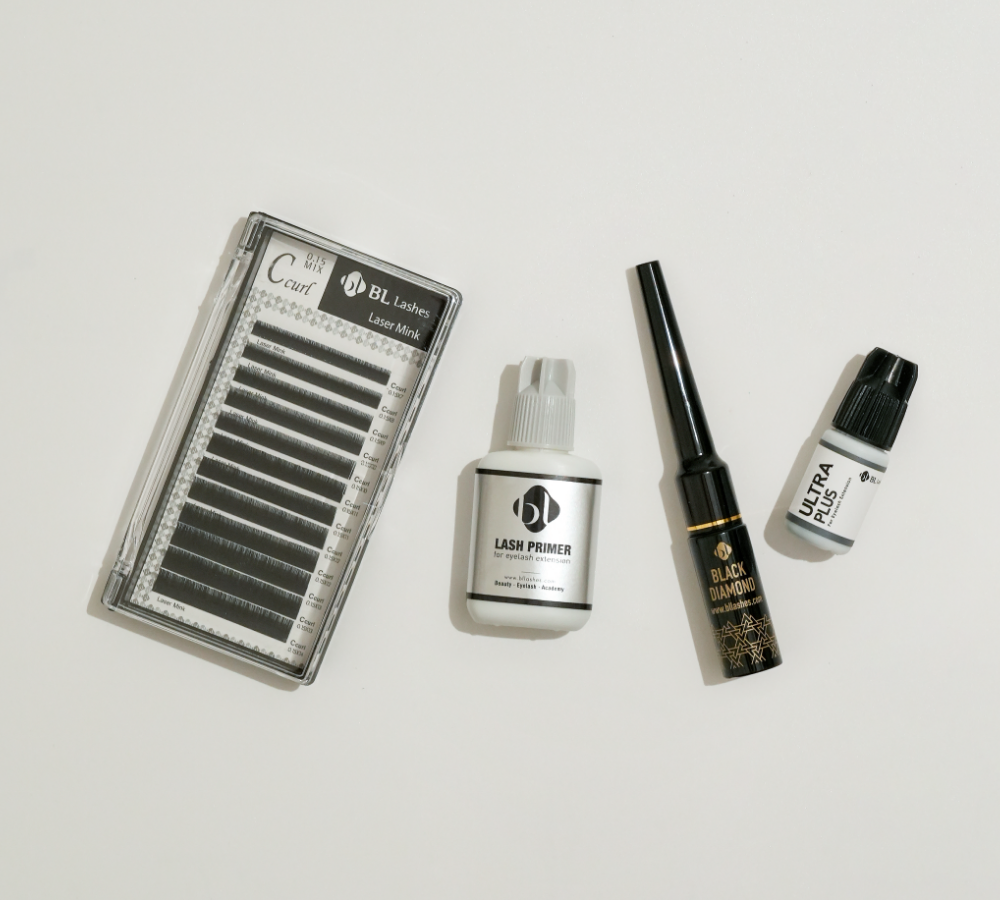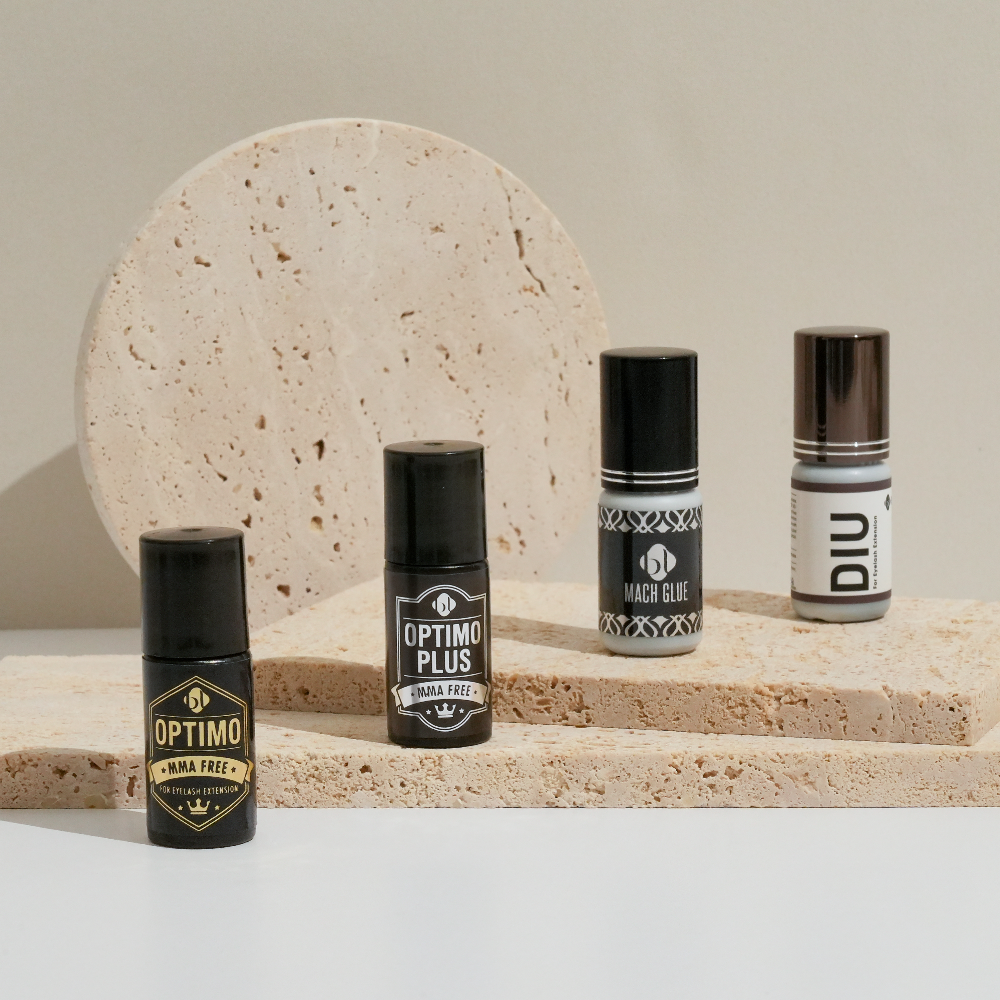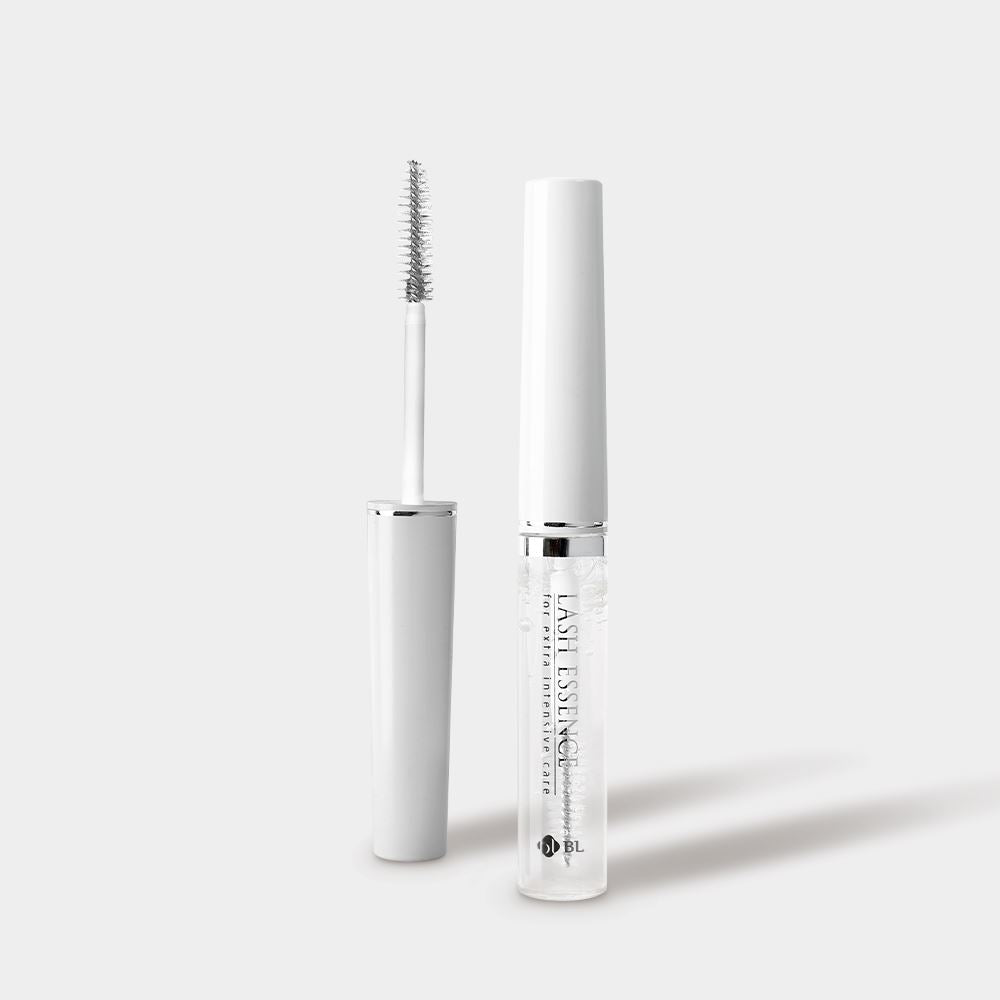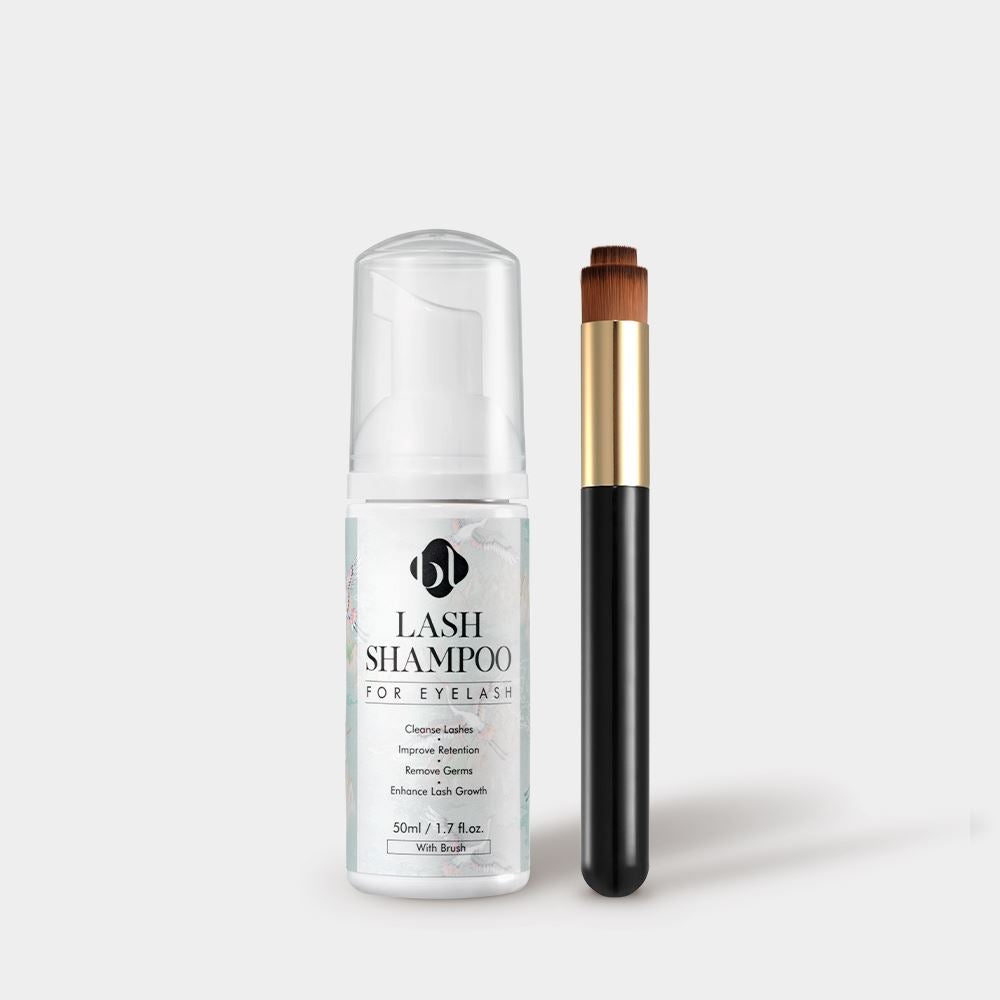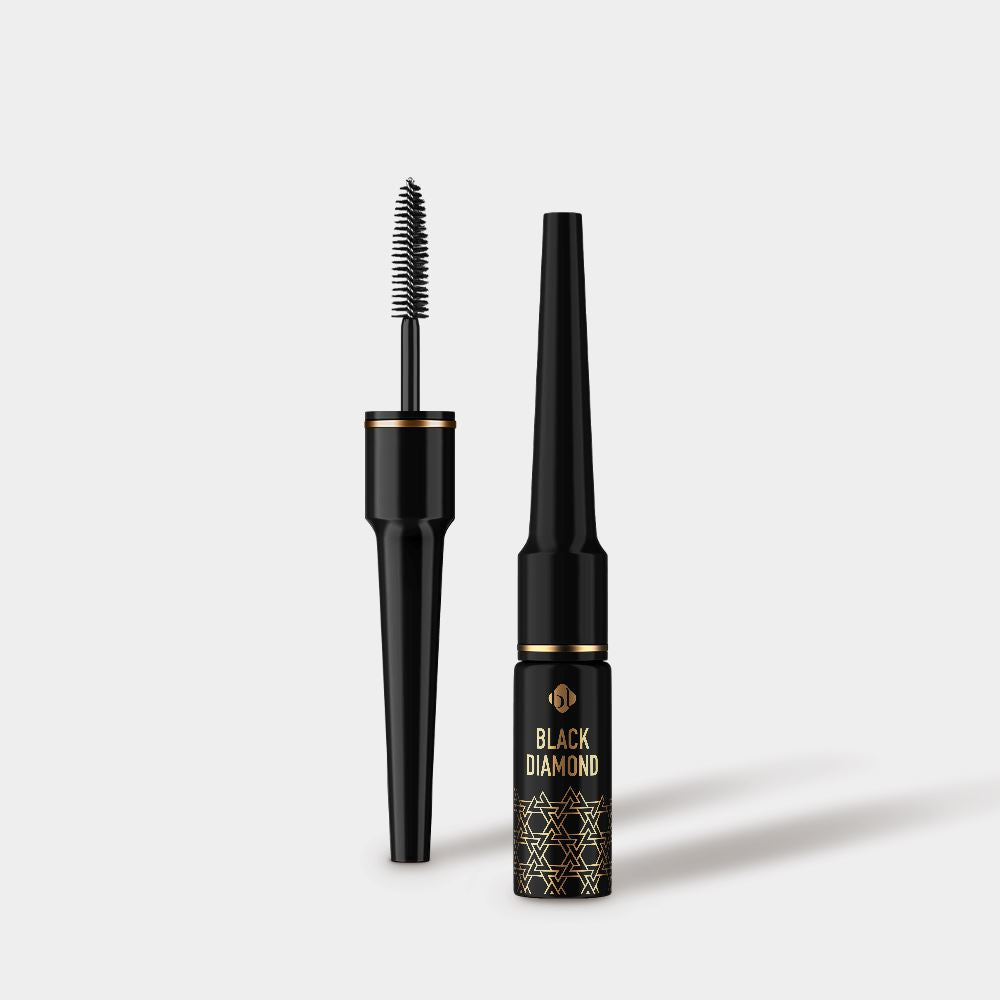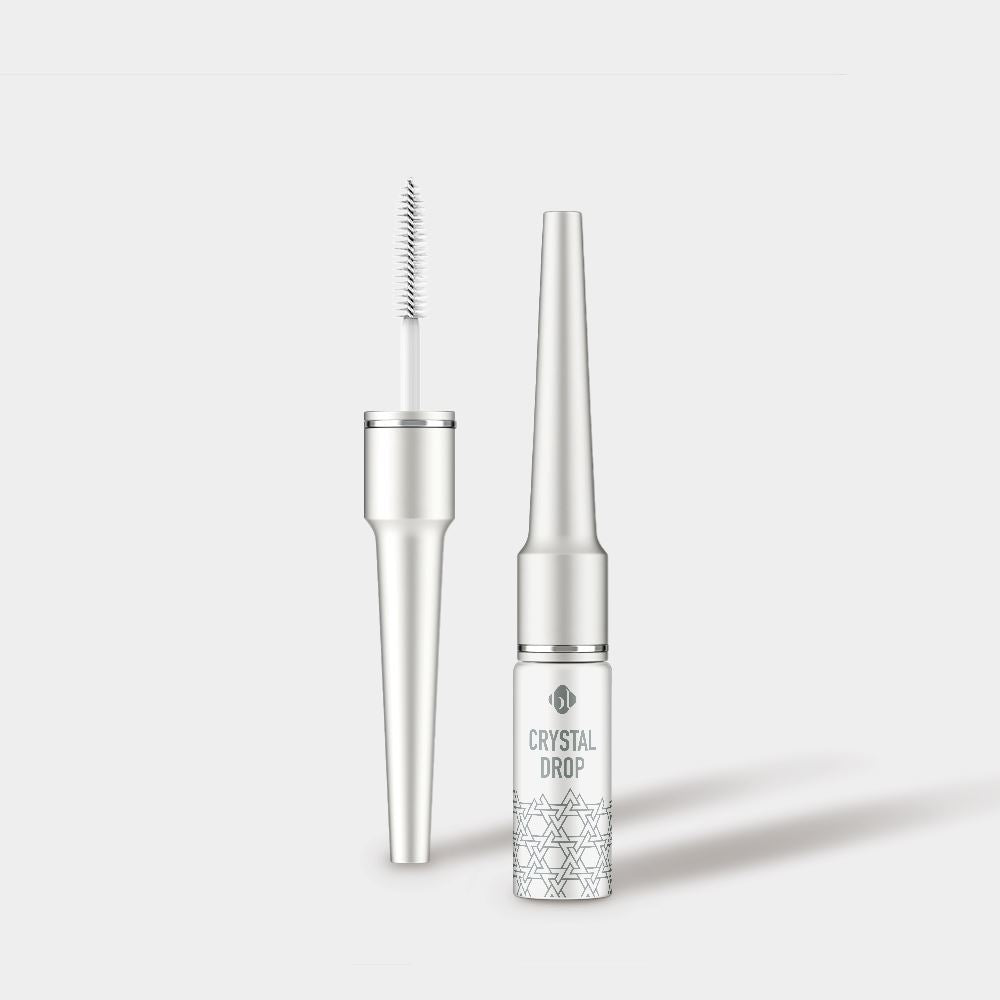It is incredibly uncomfortable to deal with customer complaints. Often it feels like a personal attack. You might even feel the urge to simply kick out the customers who nag. But it’s time to change the way we think about those “bad customers”.
According to a study conducted in 2006 on how dissatisfied customers can spread complaints, on average, out of 100 dissatisfied customers, 96% won’t say anything and only 4% will make an actual complaint to a service provider.
What can we take away from these statistics?
- Most dissatisfied customers won’t say anything directly to you and will just walk away.
- Listening to a customer who actually raises their voice can be a great clue as to what you might be doing wrong.

What a client complaint can reveal about your business
Customer complaints are not a crisis. On the contrary, this is a great opportunity to make an improvement. Why? Because customers who complain can give you a lot more valuable insight than those who never speak up.
When you have this mindset, your attitude towards how to handle customer complaints will change.
How a customer’s complaint gets built up
The important thing to note is that a customer’s dissatisfaction in service doesn’t come out overnight. In the beginning, customers may point out a problem in your service outwardly by making a request. When they do this, they expect there to be a follow-up or resolution to the problem.
For example, if someone messages you to ask about your price list, they are reaching out to you out of interest in booking, but it also reveals the fact that the price list is not visible or clearly written.
When you don’t follow up with the customer’s request, it will soon result in a portrayal of insufficient service, and THIS may eventually develop into a complaint towards your brand and service.
Checklist to prevent potential customer complaints
Preventing customer complaints from happening in the first place is the best defense. For that, you must understand what are the possible reasons that could cause customers to become dissatisfied with your salon. Use the following list as your daily checklist to make sure your lash salon is free of complaints.
Condition of the salon
Hygiene: cleaning or sanitation doesn’t meet the standards
Environmental: noise, crowded space, lighting (too bright or too dark)
Location: difficult to find the salon, difficult to park

This might be difficult to spot if you’re used to your own environment, but this will be one of the most love or hate factors for new clients. Make sure your salon is clean and tidy all the time, as well as well-lit (but not too bright).
If your salon is difficult to find, make sure to put clear signs from the parking lot to the entrance. If there’s no parking nearby, communicate this with the client beforehand and give them suggestions on how to get to the salon.
Read more on how to improve your customer experience
Booking system
Efficiency: difficult to book or change an appointment
Pricing: unclear service menu and price list, change of price/service without notice
Point of contact: no response (call, message, email)
One of the most frustrating things as a customer is not being able to reach the service provider. Being reachable is good, but having many communication platforms can cause a communication breakdown, too.
If you’re juggling between Facebook Messenger, Instagram DM, SMS, email, and phone calls to manage communication with clients, it’s time to switch to smart appointment apps like Square or Glossgenius. These apps can help your client see your availability and price list, and they can also help you organize payments, cancelations, and scheduling.
Set up an automated reply on Instagram & Facebook Messenger while you’re working or during your off-hours, and redirect the customer to the booking app.
Read more on how to price your lashing service as a beginner
Lash tech’s skill & knowledge
Retention: Retention is short
Design or technique: Design is not what they wanted, techniques are insufficient
Time: Application takes too long
Everyone’s expectation of lash extension is different. Some might have a more realistic view of how long it can last or how it will look, and some will have a fairy tale idea! This is why having a clear pre-counseling session is important.
Let clients know what they have to know before the eyelash extension procedure.
If you’re new to lashing or if you're doing a set that requires longer time, let clients know about it and tell them it can take longer than 3 hours to complete a set. Get them to sign a waiver. Proceed with the extension only AFTER enough counseling and after the waiver is signed.
Read more on how to speed up lash extension application
But is the customer always right?
Well, not really! But you can change your mindset to look at it differently so that it can be a favorable experience for your salon. As we said earlier, 96% of dissatisfied customers keep silent and walk away. When a customer complains, that’s a golden opportunity to take another look at our business and grow from the experience.
Resolving customer complaints early on can prevent emotional crises for both clients and yourself, recover trust and business reputation, and build a new, stronger relationship with the client.
Golden rules when handling customer’s requests
#1 Put yourself in the customer’s shoes.
#2 Be respectful, but check the facts
#3 Do not give an excuse or blame others
#4 And keep your promises.
This blog is protected by copyright law. Reproduction or rewriting without permission is strictly prohibited.
Learn more about lash extension industry here:
Read more on How to deal with bad reviews
7 worst things a lash artist can do



